25.12.2024
Why modern cities fall short of beauty and design standards
Explore how modern society has moved away from the pursuit of beauty, and why the timeless designs of the ancient world, from Florence to Versailles, still captivate us. Learn how thoughtful design shapes culture, identity, and connection.
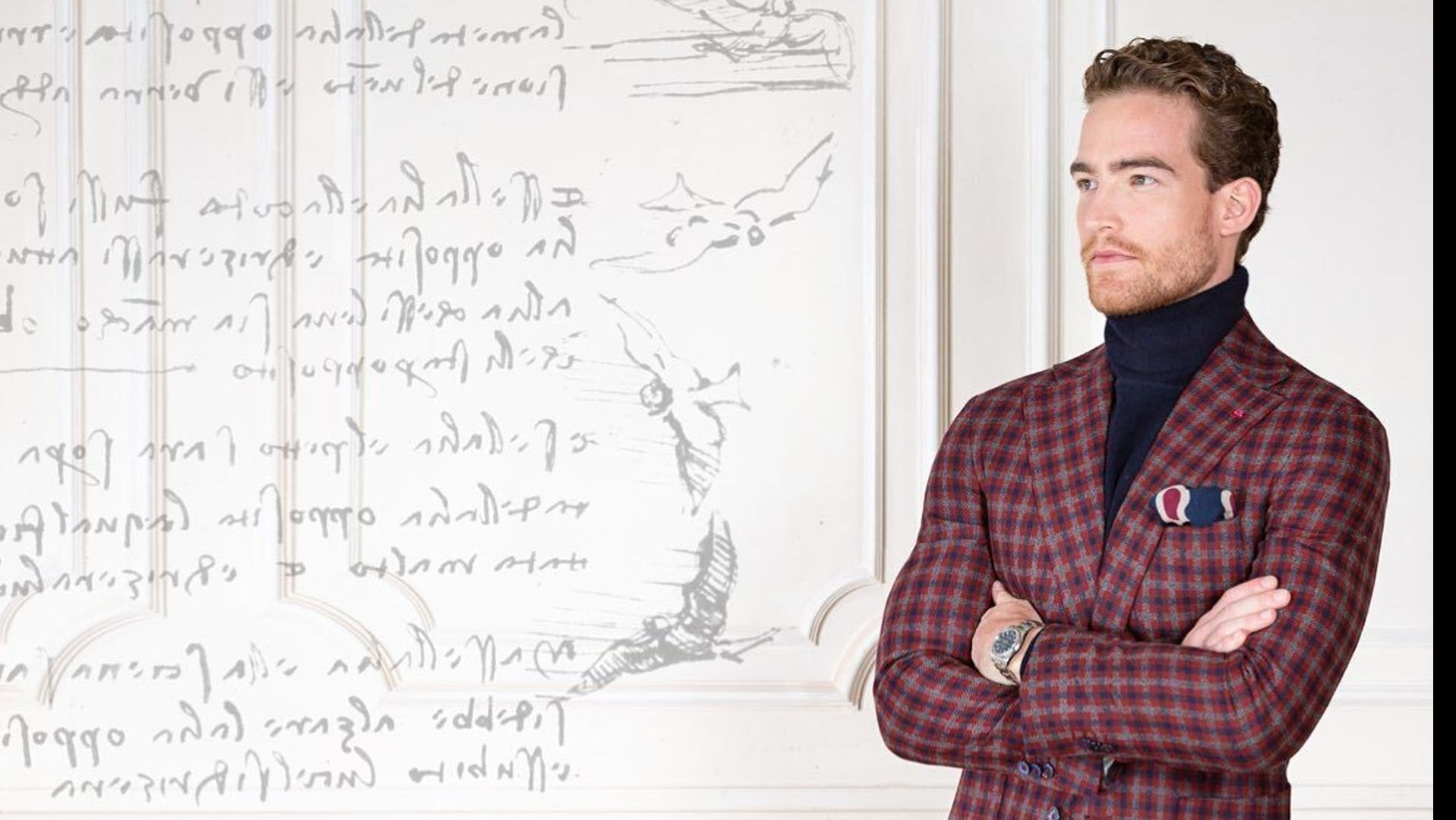
Words: Max Roscoe
Photo credit: Sartoria Rossi.
The modern world attempts to shun beauty. Pause and think for a moment of something (not someone) beautiful. Chances are you were thinking of something old.
Perhaps the Grand Canyon, or a similar beautiful and peaceful pastoral site formed millions of years ago. Perhaps a sunrise on a beach far from the concrete jungle. Perhaps a religious symbol or beautiful house of worship. Perhaps a work of art or a classical masterwork of music.
One thing I can almost guarantee: If you were thinking of a city or building, you were thinking of the ancient world.
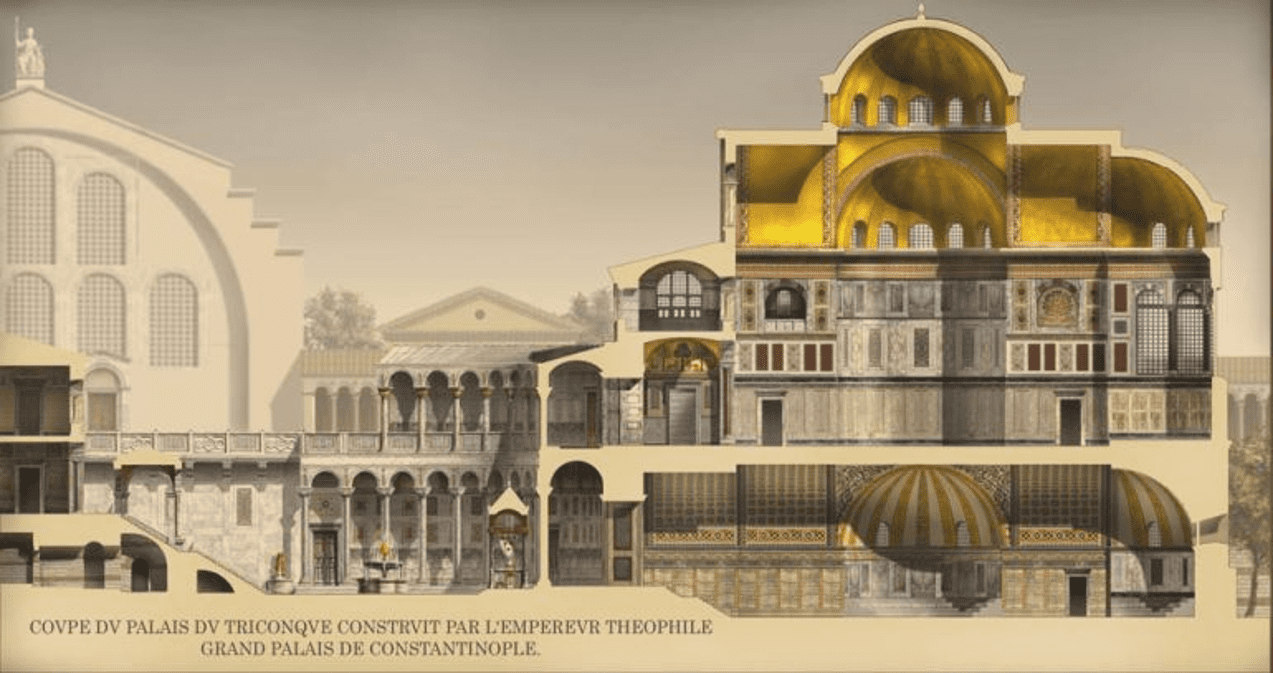
Grand Palaise De Constantinople (The Great Palace of Constantinople)
Photo credit: Antoine Herbert
American intellectual Joseph Campbell stated:
"If you want to see what a society really believes in, look at what the biggest buildings on the horizon are dedicated to."
I recently returned from a two week trip to Mexico filled with churches and beautiful buildings constructed almost 500 years ago, which was far more beautiful than my 20th century American city. The world of the 1,500 A.D.'s seems so ancient and primitive, and yet paradoxically life was superior in many ways to the modern times.
Of course, a mosquito carrying malaria could quickly end your life, as modern antibiotics and medicines did not exist, and a family would need to have several offspring to ensure that a couple of them survived childhood, as the infant mortality rate was much higher, but there was a solid framework built around a patriarchal family, who dined on fresh, local, farm raised food, as men toiled at physical work, which kept them strong and mentally focused, while women played to their strengths of being nurturing mothers and caregivers.
These families lived in beautiful cities that were planned and designed with a purpose in mind. Indeed, many cities today exist in their current form only because we are still appreciating their ancient architecture.
Florence, Italy.
Photo credit: Italia.it
The city of Florence holds less than 400,000 residents, and, without its incredible art and architecture, would be a typical small city in the interior of Italy. And yet it receives 13 million tourists a year, primarily due to the wise decisions by past leaders that created a stimulating city filled with beautiful sights at every turn.
Design
Design is the fundamental component of culture.

Detailed plans for the construction of the Palace and Gardens at Versailles in 1746.
Photo credit: Abbot Delagrive
Whether one is speaking of a city, a song, an iPhone, or a website, the central question is what type of thing do I want to create, beyond its mere function? Do I want a website that is filled with changing content, so people return to it? Do I want a phone with a large screen that is easy to use and feels good in the hand or pocket?
Do I want a city that upholds beauty and ideals, reinforces structure and order, and makes people happy? All of these questions begin with design. And so much of the modern world is not designed at all.
Indeed, despite evidence of individual conspiracies, I don’t believe the main problem with the modern world is that a secret society is executing a planned program of evil, but that there is simply no plan at all.
What we are seeing is not a coordinated plan of evil; it is what happens when there is no coordinated plan at all.
The Old World Order, held together by monarchs, patriarchy, religion, and philosophy, and reinforced by art, song, music, and architecture, is giving way to a new world where we just turn civilization over to the popularity contest of democracy, letting the masses take control of important ideas, whether they be creating fake outrage about non-problems, twerking, disfiguring your body and mind, or engaging in the twelve deadly sins.
What Is Beauty?
To some degree, the saying “beauty is in the eye of the beholder” is true. However, there are objective standards of beauty. We could all agree that Jessica Alba is more attractive than Rosie O’Donnell. Angkor Wat is more beautiful than your District of Columbia, Maryland and Virginia (DMV). Throughout cultures and time, while beauty standards have changed, we all know what is beautiful and what is not.
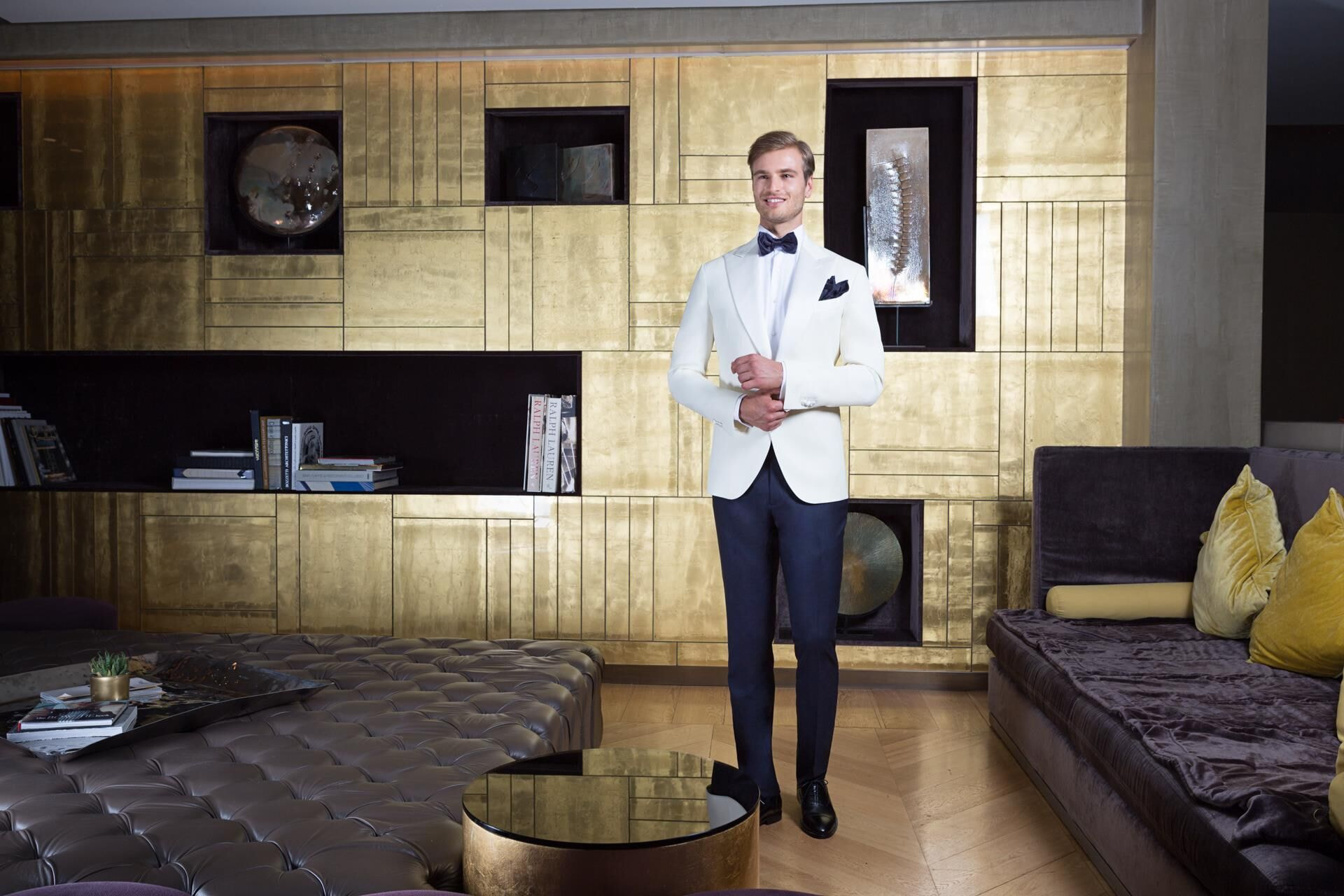
Photo credit: Sartoria Rossi.
So we know what is beautiful. But what is beauty itself? Why is it important?
Beauty represents an ideal. A goal. Goodness. We seek pleasure and avoid pain, and we are drawn to the beautiful. Humans are emotional beings and we are drawn to beautiful sights, beautiful sounds, and beautiful feelings.
In other words, beauty is NOT skin deep, but is fundamental to civilization.
The Importance Of Beautiful Design
Most of the modern world is not well designed. I recently read a fascinating profile of Norwegian billionaire Fred Olsen, and he still wears a pair of wool pants he bought in the 1940s because they were well designed and well constructed. Imagine if that same level of design and quality was applied to every article of clothing you’ve purchased.
Now imagine if that same level of design, quality, and beauty was applied to the city you live in. If builders today took considered the effects their cities or buildings would have 100 years from now, instead of designing for planned obsolescence after a couple of decades.
Architecture Is Civilization
In 1890 French writer (and outspoken critic of the Eiffel Tower) Guy de Maupassant wrote about architecture:
"It is the least understood and the most forgotten of the arts today is perhaps also the most aesthetic, the most mysterious and the most nourished with ideas. It has had the privilege, across the centuries, of symbolizing as it were each age, of summarizing in a very small number of typical monuments a race and a civilization’s way of thinking, feeling and dreaming. A few temples and churches, palaces and châteaux contain more or less the world’s entire history of art, and express visually, better than books, through the harmony of lines and the charm of ornamentation all the grace and grandeur of an epoch."
Architecture is the visual public expression of a culture’s achievements, values, and outlook.
Modern Cities Are Bad
While production methods and technology have improved dramatically, the vast majority of beautiful, functional cities are old. Why aren’t modern cities better than older ones? Today, city life is more important than ever for employment. Chances are, if you earned a college degree, you will need to live in a city in order to use it. And yet the quality of modern cities is abysmally poor.
A friend of mine recently left Austin, Texas, because the city of 200,000 at the time he was born has now grown to almost a million people, living, working, and parking in the same shrinking space. Modern cities lack public spaces, good transportation, beauty, and order.
A Good City Conveys Order, Resiliency and Timelessness
Living, commuting, walking, and working in a modern city has a profound impact on one’s mind and thought patterns. There is a reason Henry David Thoreau escaped to nature in order to organize his thoughts for not only his famous book Walden, but also for his treatise on Civil Disobedience.
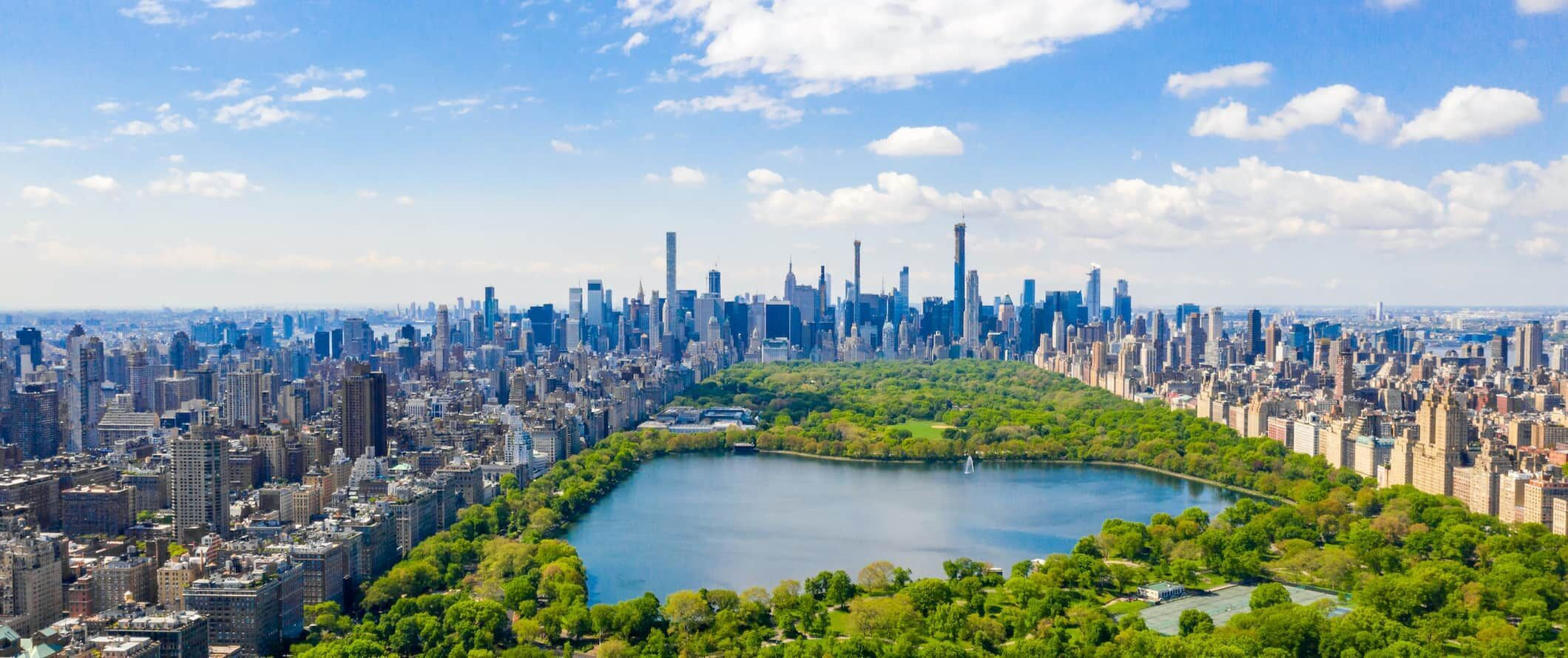
New York City balances order and symmetry with beauty.
Photo credit: Shutterstock
Most major European cities were designed with a balance between order and beauty. A well designed city begins with prioritizing major monuments and public squares, positioned strategically so they are visible from any point, combined with a symmetrical grid system. Balance and symmetry are used to convey order and stability.
New Orleans is a badly planned American city. Not only does it have typical modern ugly buildings outside the historic center, its lack of planning causes great havoc every few decades when living areas below sea level flood and are then rebuilt. Its lack of symmetry and order conveys the idea of chaos. And it is a chaotic place. Most friends I know there have abandoned New Orleans, Louisiana (NOLA) and commute from adjacent Jefferson Parrish. Disorder conveys chaos and makes one feel that no one is in charge.
Beauty Makes Us Feel Connected
Loneliness is a huge problem in the independent west, with one in eight people saying they have no real friends. Beauty, and in particular beautiful architecture, helps one feel connected, integrated, important, and part of a larger whole. The creation of well designed, beautiful buildings like the Great Pyramids or the Palace at Versailles, took the coordinated efforts of thousands of men, who certainly felt a sense of accomplishment and pride and sacrifice. And the result of their combined efforts last centuries, and give future generations a sense of place and connection.
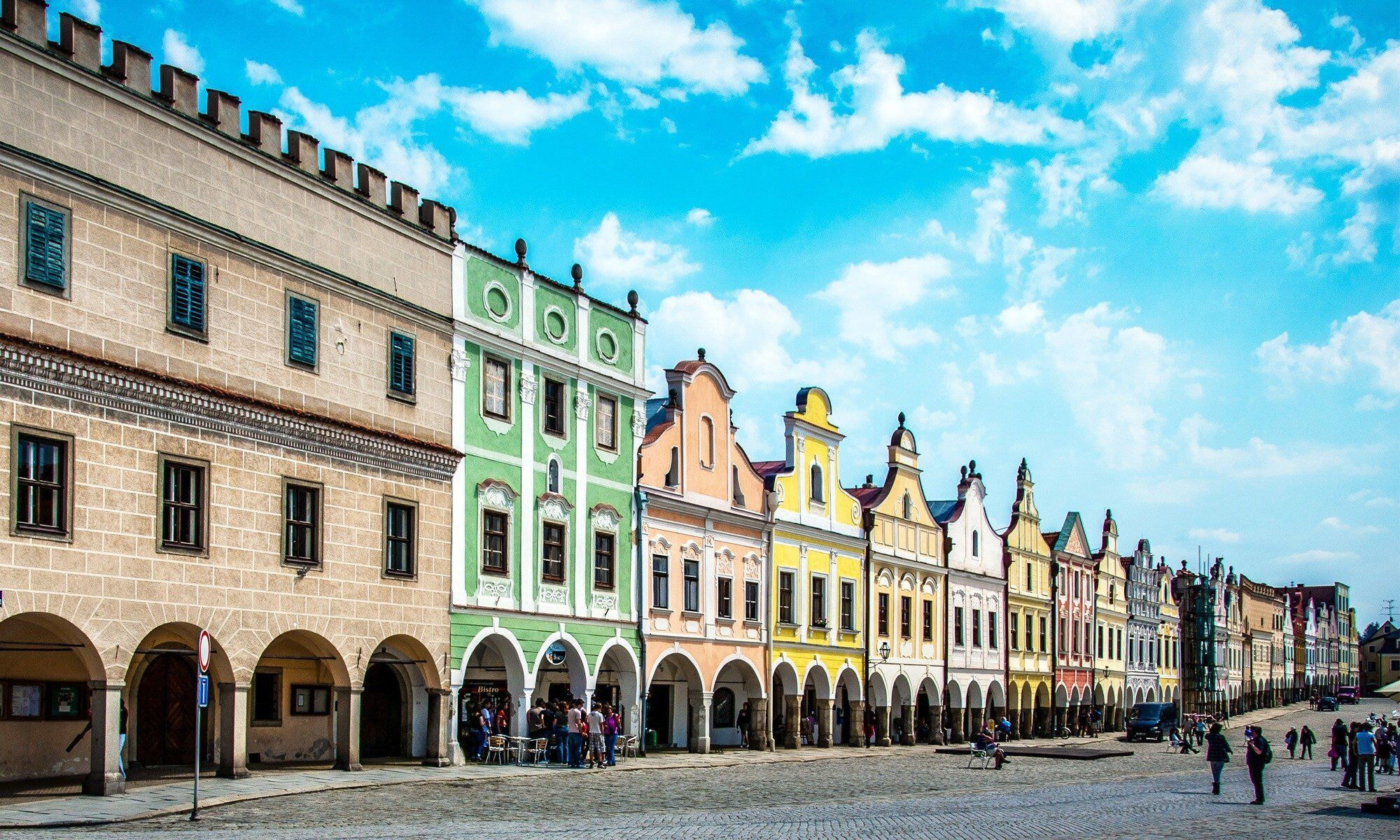
Telc, Prague: An example of balancing order with variety to create beauty.
Photo credit: Shutterstock.
This sense of community comes from a public display of life. Any great city has a large public space where people congregate. In modern life, we often commute along sprawling highways to confined cubicles where we stare at tiny screens before returning back to our homes, with little public interaction. We don’t see what other people are doing, or even know they are there.
We intrinsically crave public life, even if only to observe it from a distance. I can make a cup of coffee at home for a fraction of the cost that Starbucks sells them for, but Starbucks is a highly successful business because it provides a tiny public space where people can congregate and be around others.
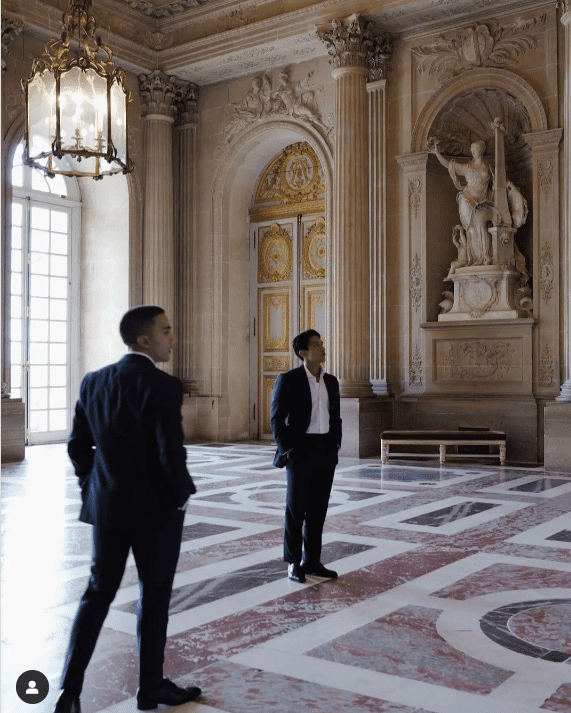
Danial Deen Isa-Kalebic and Prince Mateen visiting the Palace of Versailles.
Photo credit: Instagram.
Beauty Gives Us Identity
Beauty stands as a stark contrast between the irrational whims of the age. What is genuinely worth appreciating? A timeless building that existed at the time of my grandfather gives me a sense of place and identity. This identity gives us hope for the future. We are the people that created this, because we are a good people who value beauty.
One More Crack In The Wall
The general decline and disorder in society combines with poorly designed and ugly cities to convey a sense of “We don’t really know who we are, what we stand for, or where we are headed” which is why so many men feel disconnected, confused, and don’t stand up to defend their culture, and explains the rise of globalism.
While there have been some advances in civilization, many truths discovered centuries ago have been forgotten. Beauty should be honored and idealized, whether through city planning, architecture, art, literature, or through fat shaming and shunning of tattoos, multiple body piercings and promiscuity.
It is time for beauty to be glorified and revered again.
This article originally appeared on https://www.returnofkings.com/118275/how-your-city-is-killing-you-with-ugliness

